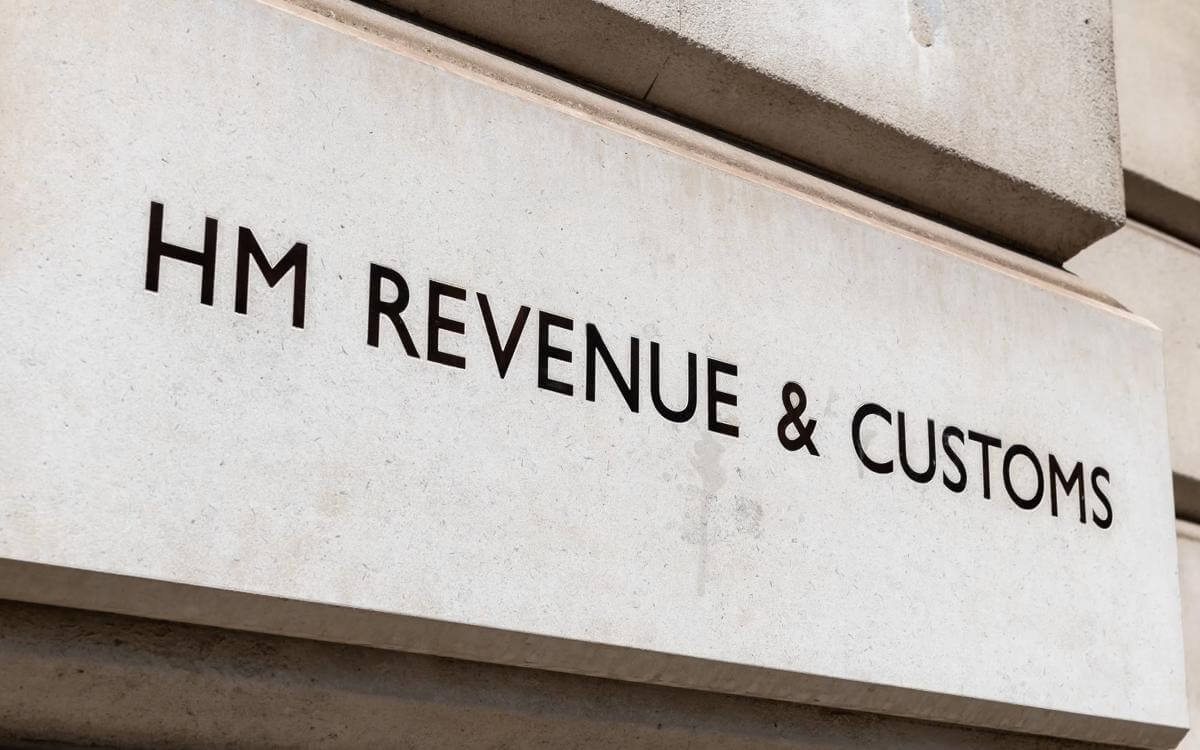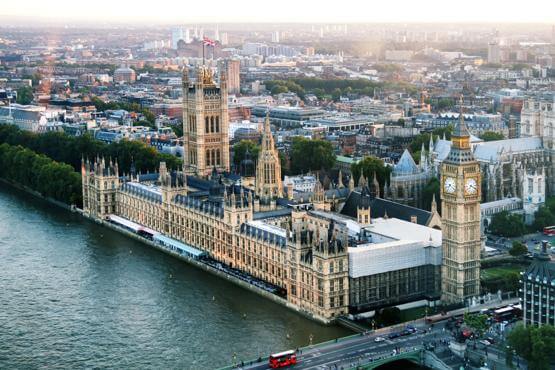Job Retention Scheme
Following the extensive measures outlined by the Chancellor on Friday 20 March to help businesses and workers cope with the unprecedented effects of the coronavirus crisis, the government has now released initial guidance on the proposed Job Retention Scheme.
Please note: the information contained in this legal update is correct as of the original date of publication
Following the extensive measures outlined by the Chancellor on Friday 20 March to help businesses and workers cope with the unprecedented effects of the coronavirus crisis, the government has now released initial guidance on the proposed Job Retention Scheme which it intends to put in place to assist businesses with preventing job loss by helping to pay a significant proportion of the wages of those workers whose jobs are at risk.
The guidance, which can be found here, is limited and does not go into any great detail on how the scheme will work. However, the headline points are as follows:
- All UK businesses are eligible
- To access the scheme, employers will need to designate employees as “furloughed workers” and notify affected employees of this
- Information about the furloughed employees and their earnings will be submitted to HMRC by the employer thorough an online portal
- HMRC will then reimburse up to 80% of the wage costs for each furloughed worker up to a cap of £2,500 a month per worker
- Employees will remain employed whilst furloughed
- Employers can choose to pay the remaining 20% of the furloughed employees’ wages (or top up wages where the cap applies) but they do not have to
- To qualify for the scheme, employees should not undertake work for their employer whilst they are furloughed and receiving pay under the scheme
- The scheme is initially intended to run for 3 months from 1 March 2020 but will extend if necessary
Whilst the full details of the scheme are yet to be announced, there are a number of practical considerations for employers who wish to take advantage of the scheme due to financial difficulties caused by the coronavirus pandemic. These considerations are set out below:
- There are a number of different definitions of “employee” that are used within employment law and it is unclear what definition is proposed for this scheme. In particular, it is unclear whether the scheme is intended to be wide enough to cover workers (who are treated as employed earners for tax purposes) or a more restrictive definition of employees. Until clarity is provided, particular care should be taken in respect of workers as reimbursement under the scheme may not be available;
- It is unclear how the scheme is intended to operate for those employees who have already been made redundant since 1 March as a result of the coronavirus crisis and the steps employers should take. Further guidance will therefore be required but employers may wish to update their former employees that they are looking into this issue;
- We are also awaiting further clarity from the scheme as to how it will relate to redundancy consultation, and in particular the statutory obligations on employers to notify the Secretary of State and carry out collective consultation;
- Whilst there is no definitive guidance on how employers should identify which employees will need to be furloughed, employers can begin to give thought to this and decide on the criteria to be used to identify these employees. Whilst the job retention scheme is different from a redundancy situation, it is likely that a similar identification process can be followed i.e. by identifying those parts of the business which are at risk and those employees who work within those affected areas;
- Employers should consider how they will communicate with employees during any period of furlough and ensure that they have up to date contact details for all relevant employees;
- Although it is for employers to decide which employees will be furloughed, this change in status still remains subject to normal employment law principles and the employee’s contract. In most cases, it is highly likely that the employees’ agreement will be required before they can be signed up to the scheme, particularly if pay is to drop to 80%. In order to show that this consent has been obtained, a written variation to the employment contract will need to be put in place and signed by the employee;
- It is still unclear precisely what costs will be capable of recovery under the scheme (i.e. for example, whether pension contributions will be included), and how the cap will be applied in respect of tax and national insurance contributions.
- Given the fast-moving nature of the coronavirus crisis, it is unclear how the government will police the scheme and prevent it being misused by employers i.e. to assist with cashflow issues or avoid redundancies where the difficulties the business faces are not caused by the pandemic. Our view is that monitoring of compliance with scheme rules may be done retrospectively, and employers should therefore be sure to keep an audit trail that shows that the use of the scheme was appropriate and necessary to prevent redundancies attributable to this crisis.
We are monitoring developments closely and will provide a further update once additional information has been provided by the government on how the scheme will work. In the meantime, please contact us with any specific queries you may have in relation to the scheme or any other employment related queries that have arisen as a result of the coronavirus crisis.
Contact

Mark Hickson
Head of Business Development
onlineteaminbox@brownejacobson.com
+44 (0)370 270 6000







































